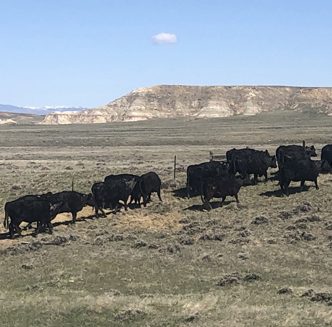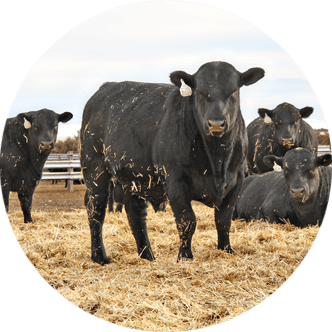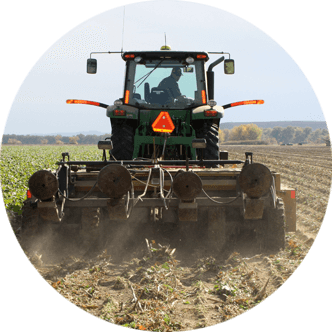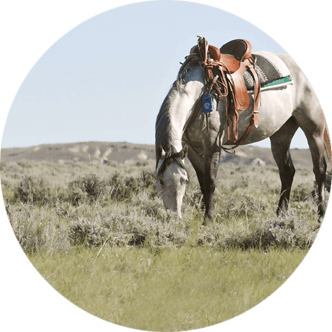Connecting Ag to Climate: Groundhog Versus NOAA: What is in the Forecast for February?
The weather-predicting groundhog Punxsutawney Phil forecasted six more weeks of winter after seeing his shadow in Pennsylvania on Feb. 2. However, statistics show the famous groundhog doesn’t have a great track record when it comes to accuracy.
According to the U.S. National Weather Service Forecasting Office in Riverton, Punxsutawney Phil has been right 30 percent of the time – based on temperature data – in accurately predicting Wyoming’s weather.
Across the U.S., the groundhog’s statistics improve slightly, increasing to a correct prediction 35 percent of the time.
The tradition of Punxsutawney Phil dates back to 1887, and in this time, longer winters have been predicted 107 times, compared to an early spring prediction coming only 21 times.
A more accurate information source to forecast spring conditions can be found at the National Oceanic and Atmospheric Administration’s (NOAA) Climate Prediction Center.
One helpful forecast readers might not be as familiar with is the Week 3-4 Outlook. This forecast was issued most recently on Jan. 31 for the third and fourth weeks of February – Feb. 15-28.
According to the Week 3-4 Temperature Outlook, for most of northern Wyoming, the odds are leaning towards below normal temperatures during the last two weeks of February. In the Precipitation Outlook, western Wyoming has higher chances of experiencing above average precipitation.
These temperature and precipitation patterns are consistent with the La Niña and its typical effects during the month of February.
According to NOAA, La Niña conditions are likely to persist through April 2025, then transition to El Niño-Southern Oscillation neutral conditions, which means El Niño or La Niña phases are not present and temperatures and precipitation tend to be closer to their long-term average.
With the possibility of colder and wetter than average conditions on the horizon, and with many ranchers calving and starting to think about summer grazing plans, one can find NOAA’s climate outlooks at cpc.ncep.noaa.gov/index.php.
These outlooks are a much more credible source to help inform management decisions – with no offense to the legendary groundhog Phil.
Those who have questions about which of the NOAA climate outlooks are most relevant to the types of decisions they’re trying to make and which ones are more accurate – which varies by season and how far out they’re trying to look – feel free to reach out.
Averi Reynolds is an ORISE science communications fellow for the U.S. Department of Agriculture’s (USDA) Northern Plains Climate Hub, serving Wyoming, Montana, Colorado, Nebraska, South Dakota and North Dakota. The USDA Northern Plains Climate Hub strives to provide research-based information and support for ranchers, farmers and foresters to help increase their operations’ resilience to weather variability. For more information on the Northern Plains Climate Hub, visit climatehubs.usda.gov/hubs/northern-plains.





